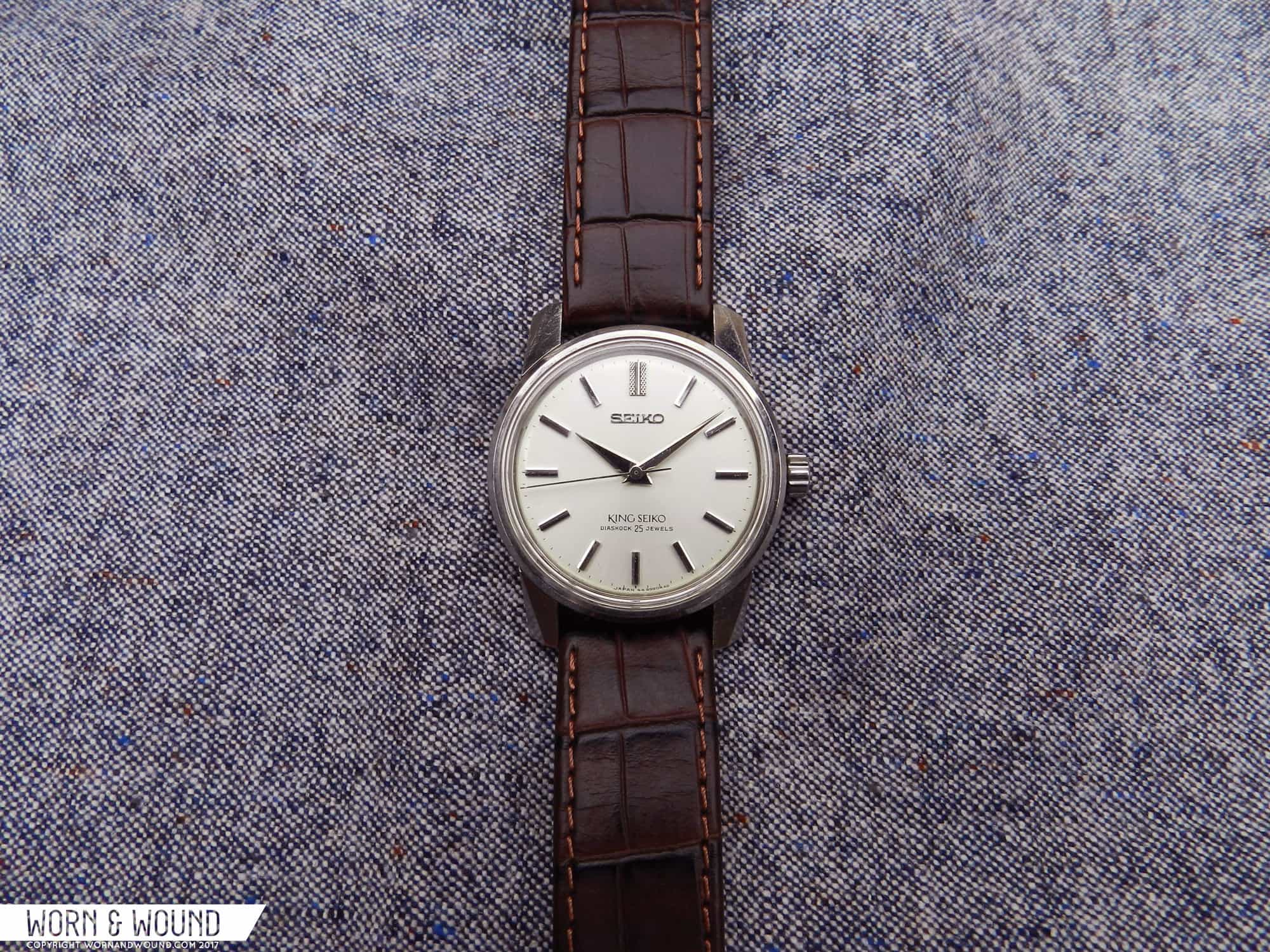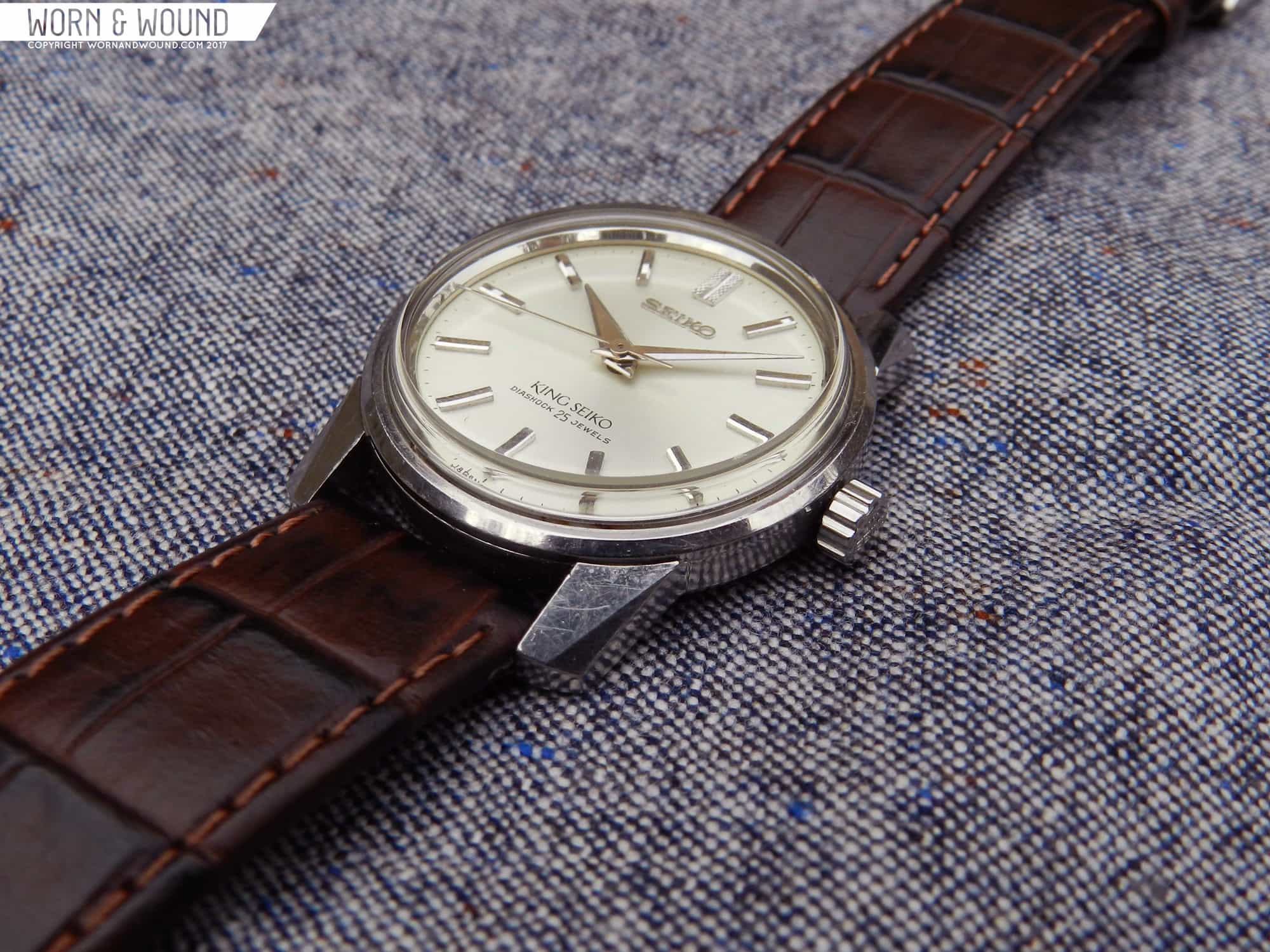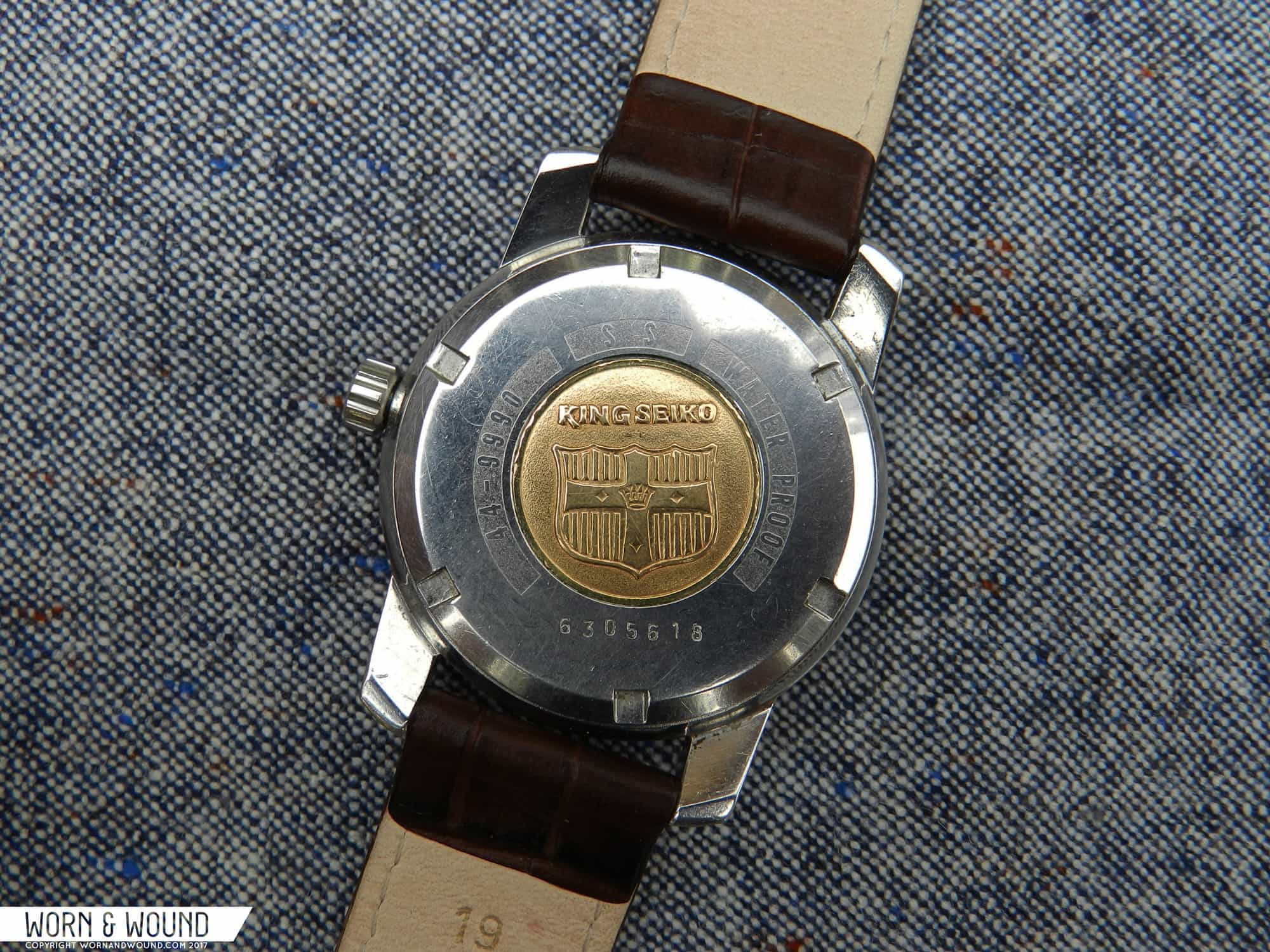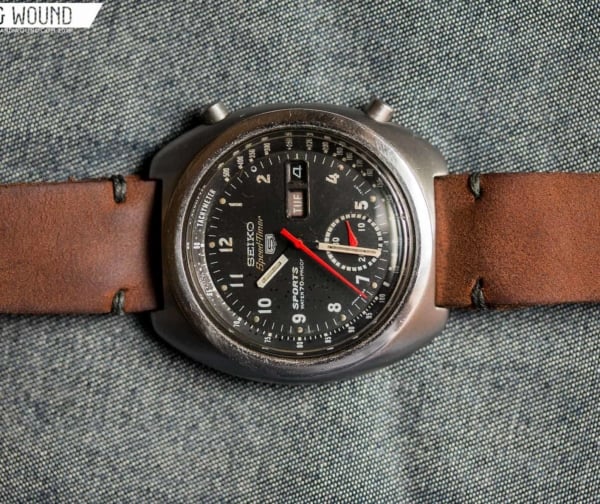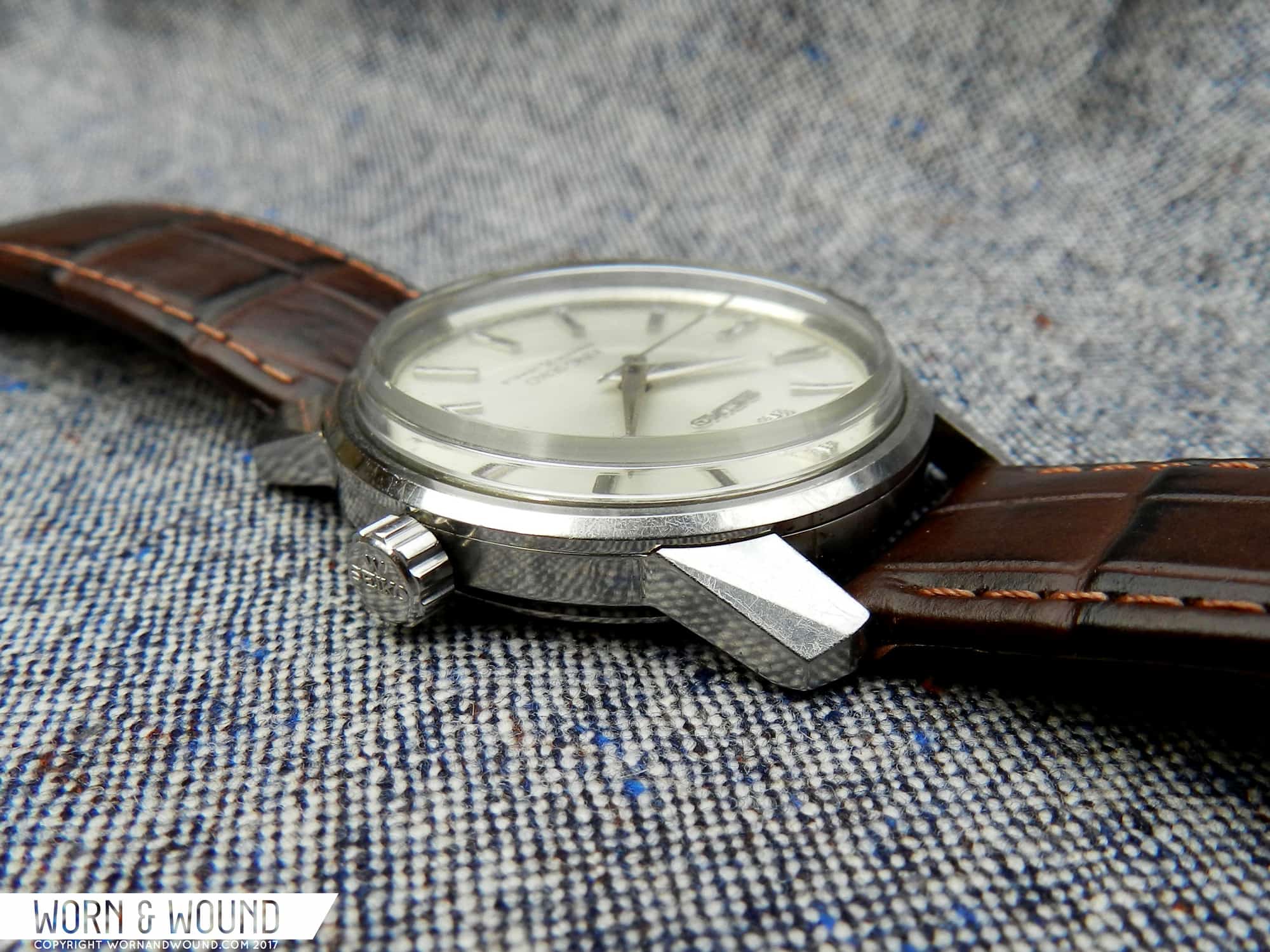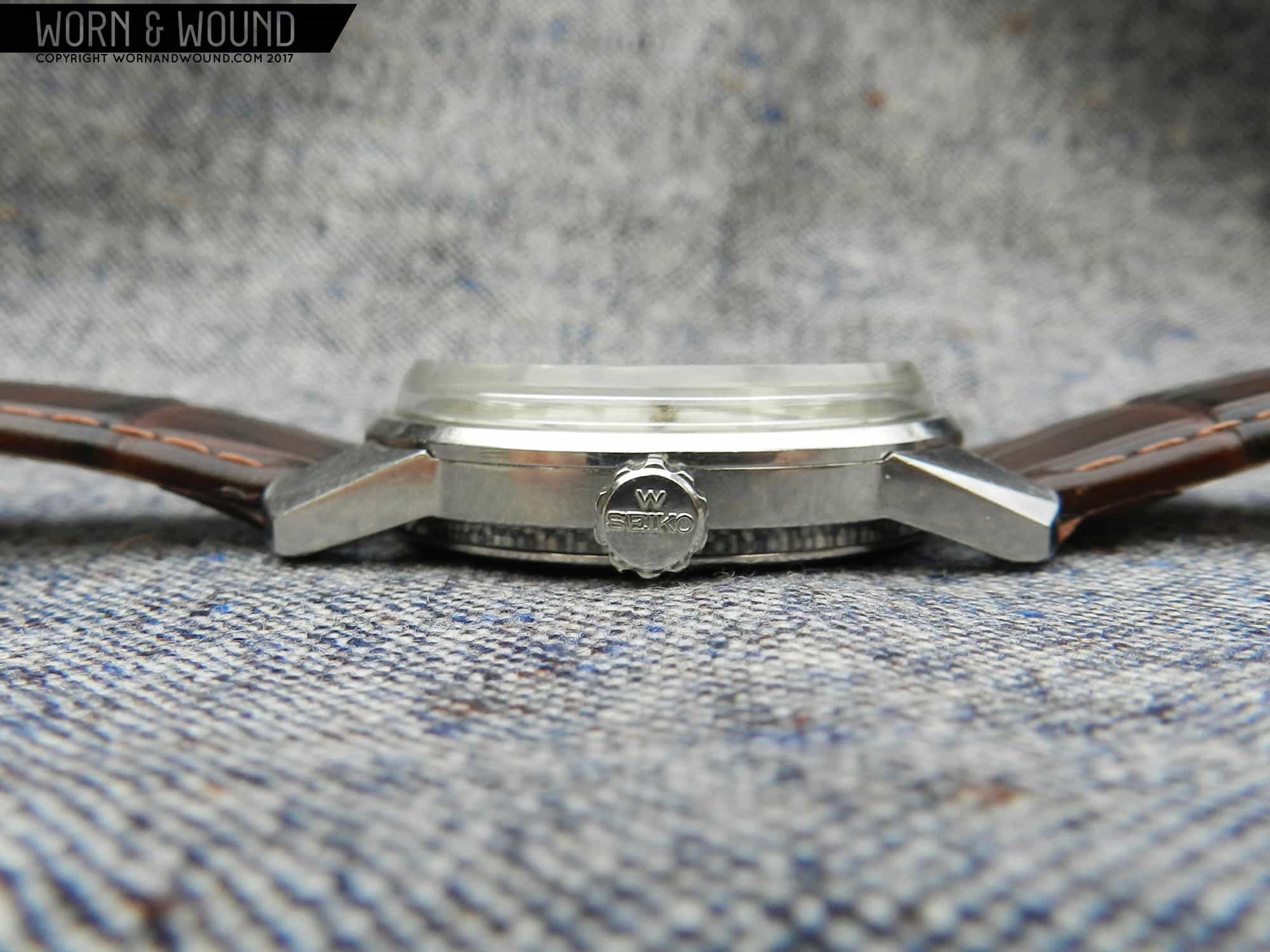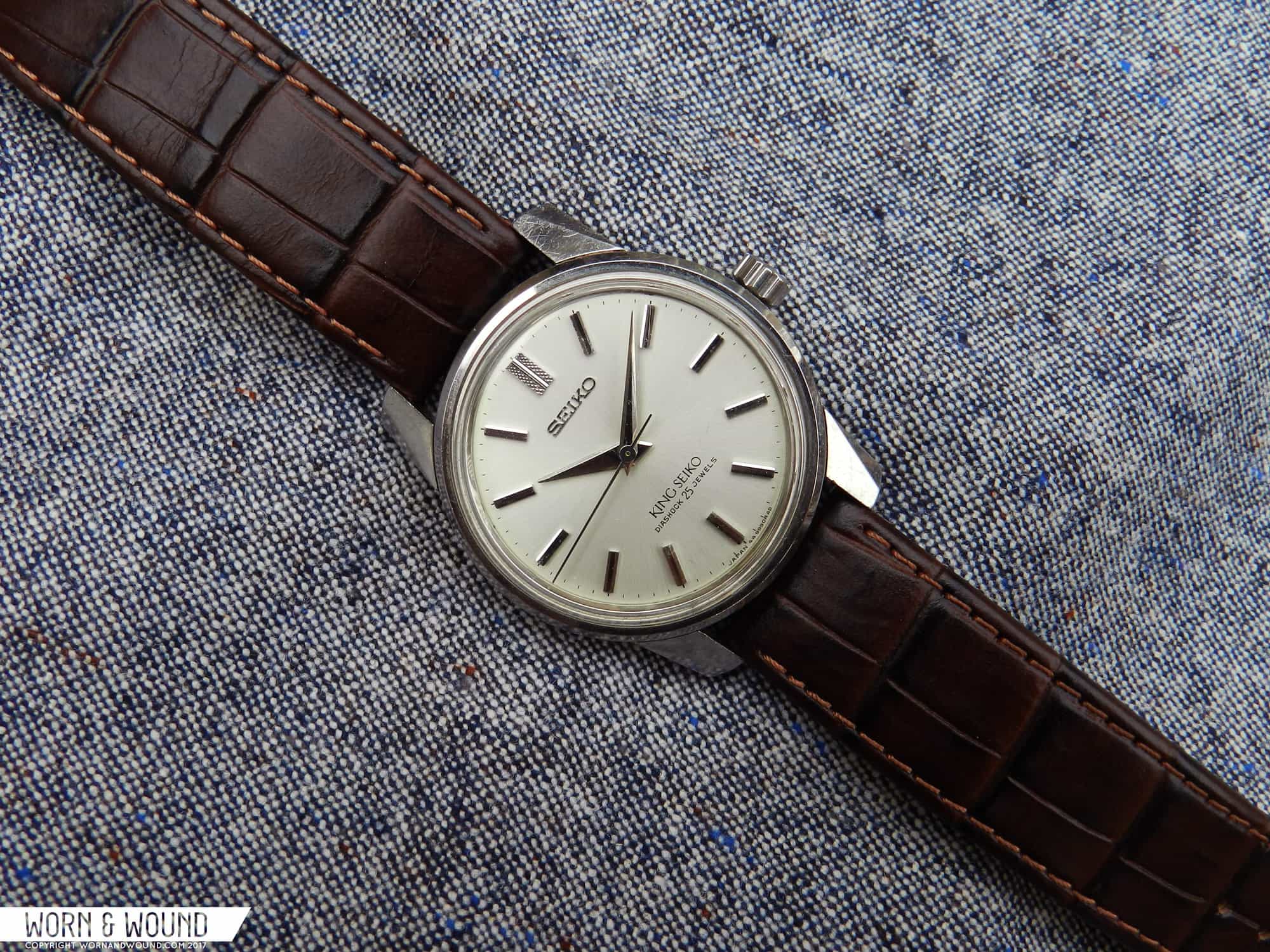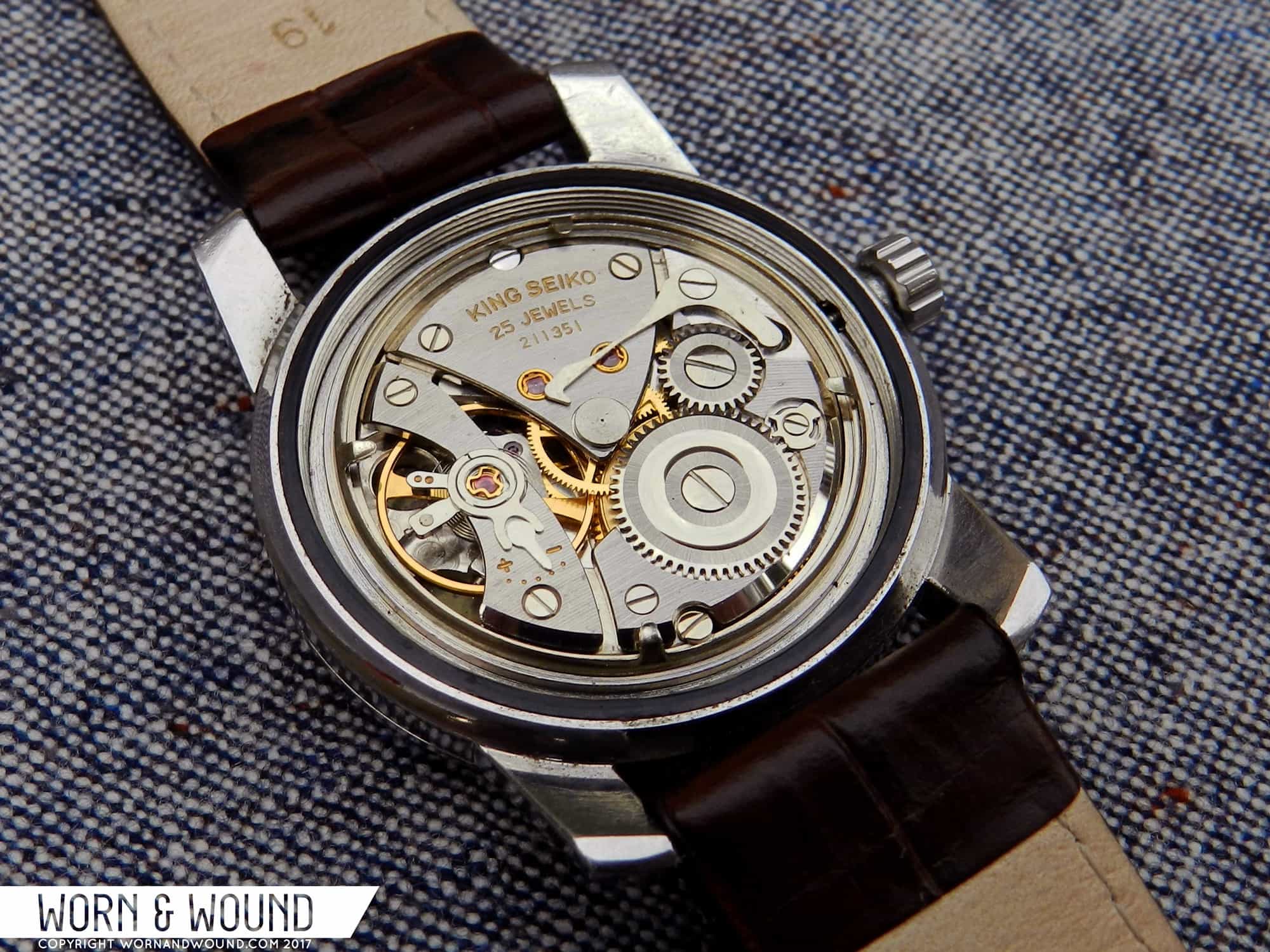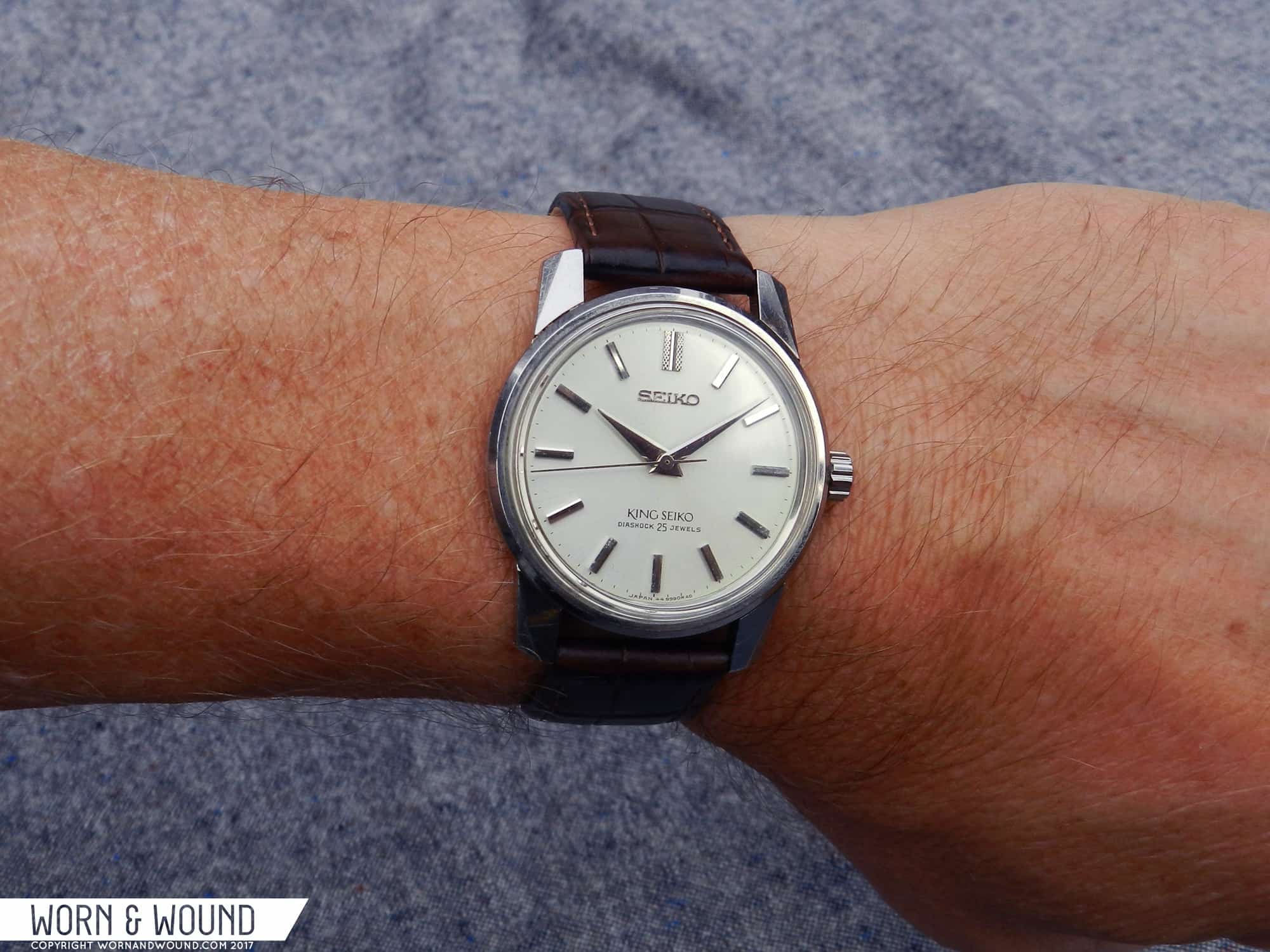Grand Seiko may be first to come to mind when talking about vintage Seiko dress watches, but true Seikoholics know not to sleep on the King Seiko (KS) line. In 1959, Seiko split up their Suwa subsidiary into two separate entities—Suwa Seikosha and Daini Seikosha—to promote competition and product development within the company. Suwa and Daini operated separately, with the idea that they would not share knowledge and would therefore try to one-up each other and produce better products.
It worked, and this internal competition propelled Seiko to the cutting edge of design and technology. In 1960, Suwa Seikosha released the first Grand Seiko Chronometer, Seiko’s first high-end dress watch. In response, Daini Seikosha released the first King Seiko in 1963. Though it was a nice watch, the overall design wasn’t one to get overly excited about.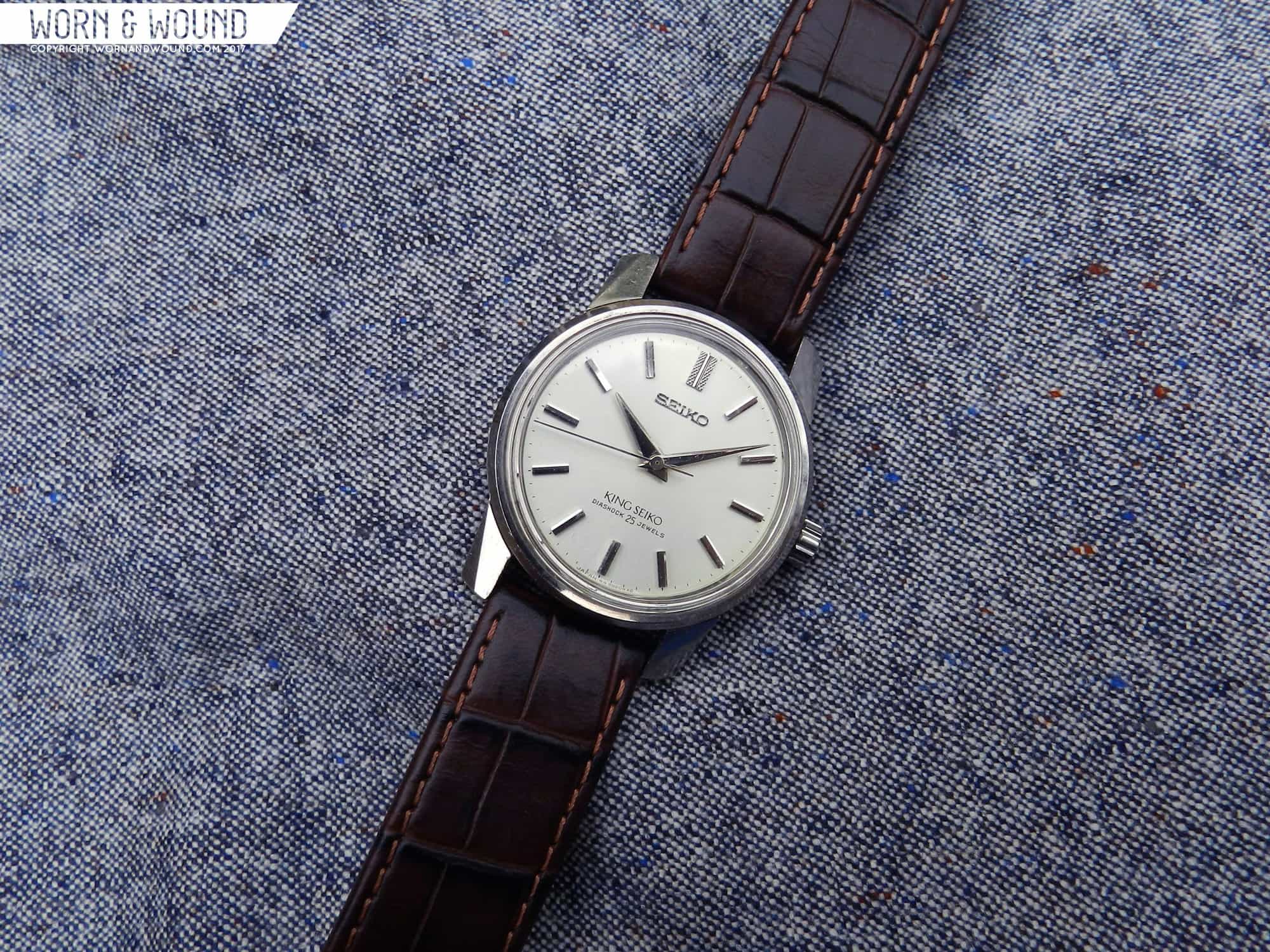 In 1959, Daini Seikosha hired a young designer by the name of Taro Tanaka, the man who would in 1962 create a set of design principles that he called the Grammar of Design. These rules would go on to fundamentally change Seiko’s design language.
In 1959, Daini Seikosha hired a young designer by the name of Taro Tanaka, the man who would in 1962 create a set of design principles that he called the Grammar of Design. These rules would go on to fundamentally change Seiko’s design language.









 Featured Videos
Featured Videos




